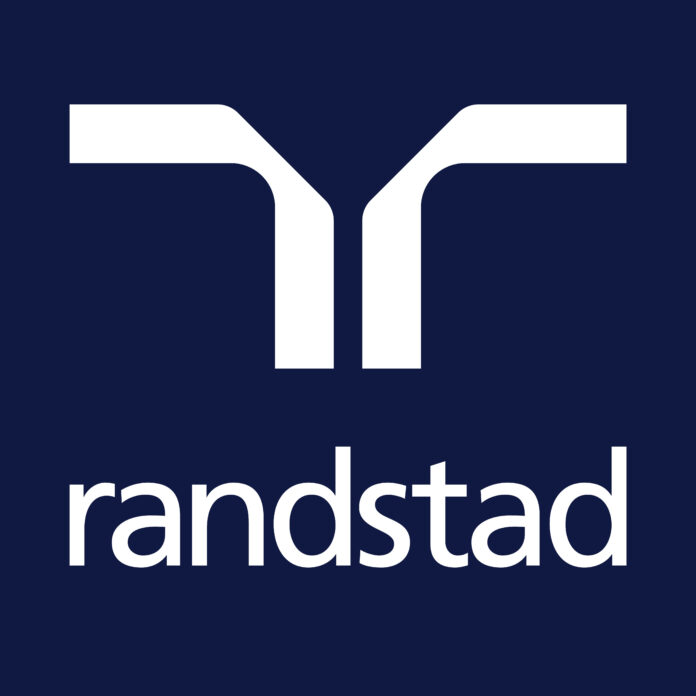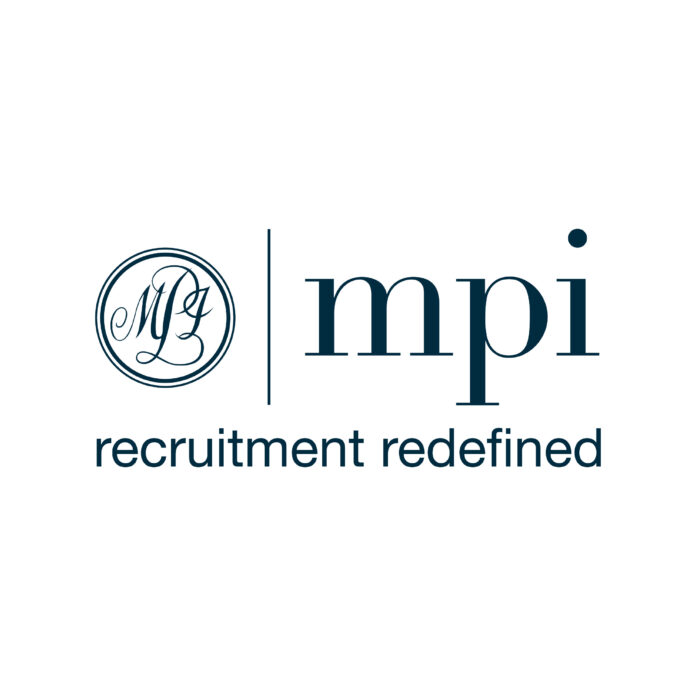This article is part of a series of posts that look at points to consider when compiling tender answers – working as a list of important aspects for rail industry PQQs and ITTs, as well as securing works through procurement checks. In previous weeks, we looked at what you should consider for any question around sustainability and also how you demonstrate effective social value efforts. This week, we look at how you demonstrate operational excellence in your business as usual works.
Winning rail infrastructure projects in the UK’s competitive tender landscape demands more than just technical expertise. It requires a compelling narrative of operational excellence, underpinned by robust, verifiable evidence. For contractors aiming to lay down the tracks for success, demonstrating a proven track record is paramount and saying you will complete the job on time and within budget is just a very minor detail.
If you are to win a tender now, buying organisations want to see how you innovate and do things more efficiently and safely – it’s a critical differentiator. It signifies a contractor’s ability to deliver projects to the highest quality standards, while minimising disruption and maximising value. But how do you translate this abstract concept into tangible proof within a tender submission? The answer lies in meticulous evidence gathering combined with strategic presentation.
The Power of Tangible Proof:
We all know procurement teams are not swayed by vague claims. They seek concrete evidence that supports your assertions. This means moving beyond simply stating “we are efficient” and instead, showcasing quantifiable achievements.
- Safety Records: Present detailed safety statistics, including incident rates, near-miss reports, and certifications. Highlight specific safety initiatives and their impact on reducing risks. For example, rather than stating “we prioritise safety,” (although not as crudely as that) demonstrate it with “our Lost Time Injury Frequency Rate (LTIFR) is consistently below the industry average, averaging 0.15 over the past five years, supported by detailed incident logs and root cause analyses.” Even include details of how you record this within your business.
- Project Delivery Performance: Showcase your ability to deliver projects on time and within budget. Provide case studies that highlight successful project completions, with key client testimonials, focusing on key performance indicators (KPIs) such as schedule adherence, cost control, and quality metrics.
- Innovation and Efficiency: Demonstrate your commitment to continuous improvement by showcasing innovative solutions and efficient processes. Provide evidence of how these innovations have led to cost savings, time reductions, or improved safety outcomes. For example, document the implementation of digital twin technology, providing data on its impact on planning and execution.
- Resource Management: Illustrate your ability to manage resources effectively, including personnel, equipment, and materials. Present data on resource utilisation, waste reduction, and supply chain management. For instance, show how effective material planning reduced waste by 15% on other contracts, supported by detailed inventory reports.
- Client Satisfaction: Include testimonials and references from previous clients, highlighting their satisfaction with your performance. Quantify client satisfaction where possible, using metrics such as client feedback surveys.
Structuring Your Evidence:
Presenting evidence effectively is just as important as gathering it.
- Case Studies: Use detailed case studies to illustrate your operational excellence in real-world scenarios. Focus on the challenges faced, the solutions implemented, and the positive outcomes achieved. Use pictures where possible too.
- Data Visualisation: Present data in a clear and concise manner using graphs, charts, and tables. Highlight key trends and achievements.
- Documentary Evidence: Include supporting documentation such as audit reports, certifications, and performance reviews.
- Alignment with Evaluation Criteria: Ensure your evidence directly addresses the evaluation criteria outlined in the tender documents. Tailor your submission to highlight the specific aspects that are most relevant to the works you are bidding for.
Beyond the Numbers:
While quantifiable data is essential, it’s also important to convey the human element of operational excellence. Showcase the skills, experience, and dedication of your team. Highlight your commitment to training and development and demonstrate your collaborative approach to working with clients and stakeholders.
By meticulously gathering and strategically presenting robust evidence, rail infrastructure contractors can demonstrate their operational excellence and secure their place as trusted partners in delivering critical projects across the UK’s rail network.




